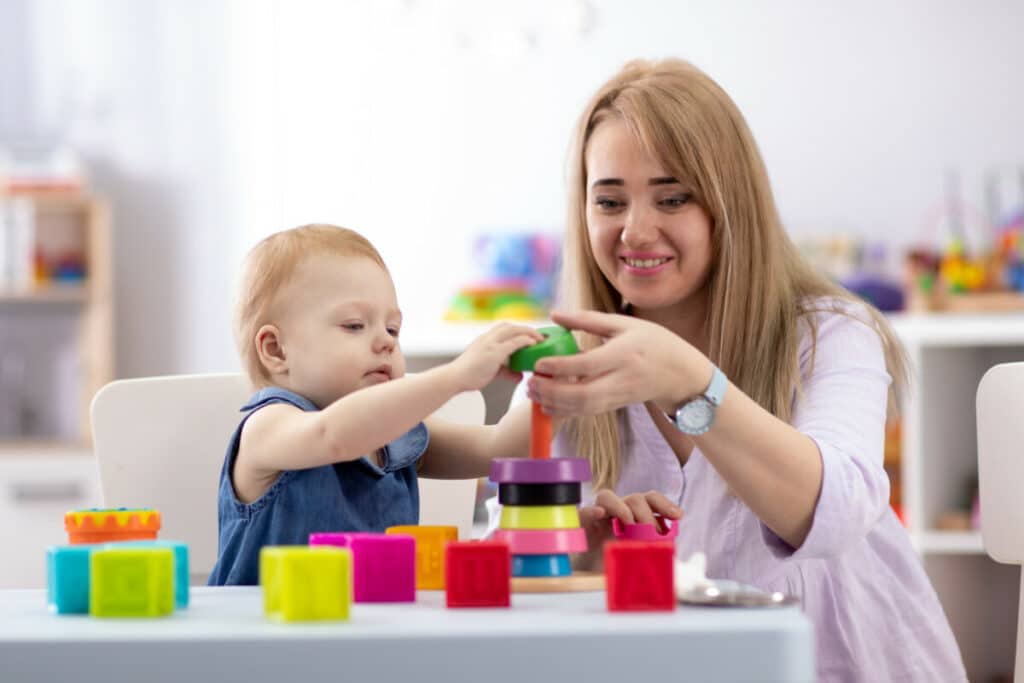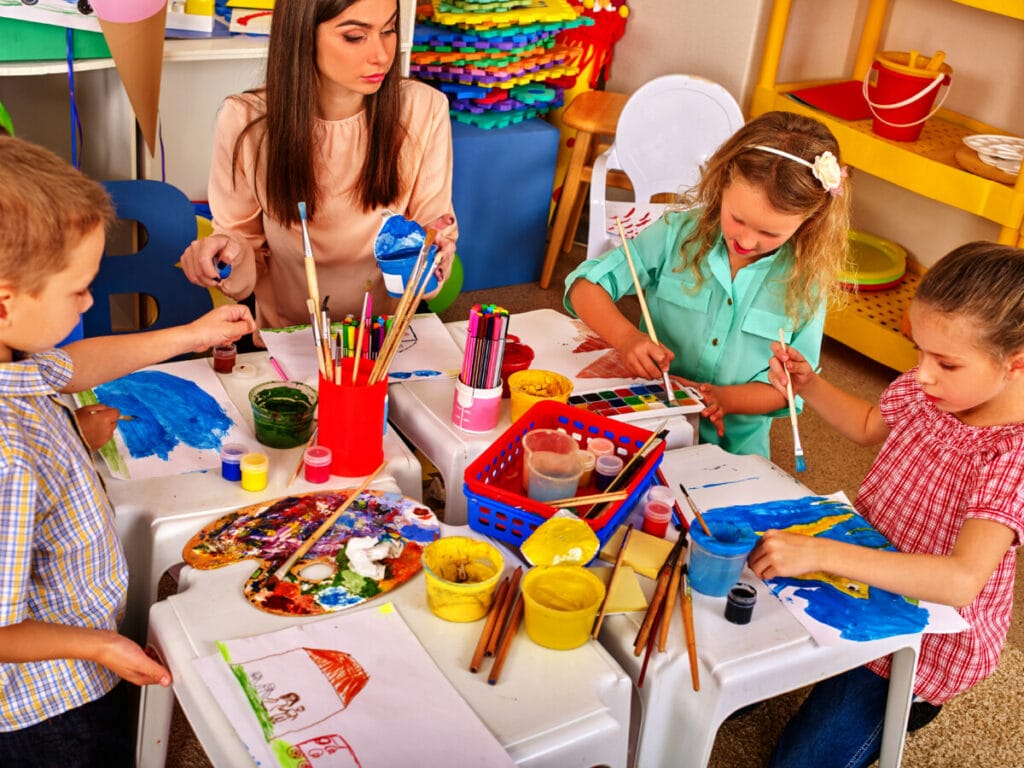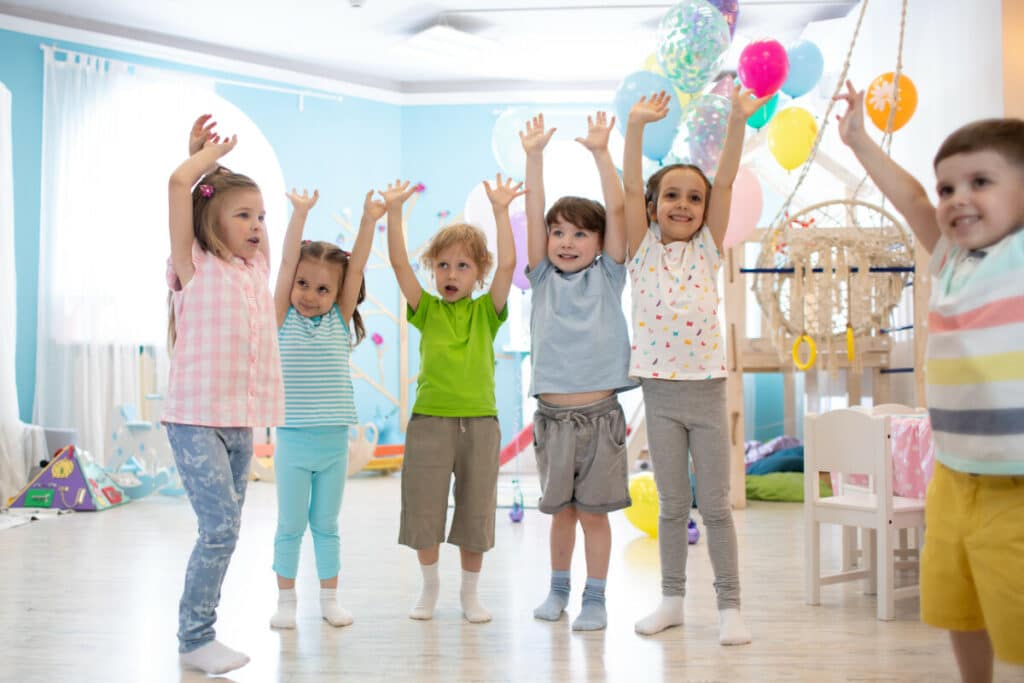Daycare vs Preschool: 9 Pros and Cons
Child care is very important, and there are a few different options for what to do with your little one when you can’t be there. Preschool and daycares are both places for your child to learn and play while being taken care of by trained adults. According to the United States government, daycare and preschool are legally the same things and both need licensing and training.
However, there are differences between the two types of child care. Daycare and preschool both have their benefits and drawbacks to consider before deciding which one is better for you, your child, and your family. Here are nine pros and cons of daycare and preschool to consider.
1 – Pro: Daycare Allows Younger Children
Many daycares will accept children that are only a few weeks old, though 12 months old is the recommended age to start a child in daycare. In contrast, preschools typically accept students three to five years of age. If you need childcare for a child younger than three years old, you’re probably going to need to put them in daycare instead of preschool.
2 – Pro: Daycares Have More Flexible Schedules
Daycares are generally open from around 6 am to 6 pm to accommodate the work schedules of the parents. Daycares will accept students full-time or part-time. Many will be open over the holidays or in the summer. Daycares are meant to take care of kids while their parents are working, so they can usually accommodate a normal work schedule. Some are even extra flexible, willing to take children during strange hours.
Most preschools are meant to take kids for 2 to 3 days a week for a part-time day. They aren’t really designed to take kids full-time, though there are some preschools that will. It will be easier to find a daycare that fits your schedule than a preschool that will.
3 – Con: Daycare Workers Don’t Give Older Kids as Much Care

Because daycares accept children that are pretty young, the daycare workers need to spend a lot of time taking care of the younger children. They might end up a little preoccupied with taking care of the young kids, so the older kids may be a little neglected. They won’t get as much time and attention from the daycare workers as the younger, more dependent, children.
Older kids are much more independent than younger ones, but if your child needs closer attention, daycare may not be the right choice. It also means that older children will not be able to receive learning and help from a daycare worker, but will instead be kept busy.
4 – Con: Daycare Just Takes Care of the Kids
The main purpose of daycare is to take care of kids while their parents are working or busy. It is meant to keep the kids safe and keep them busy throughout the day rather than to teach them skills and prepare them for the future. Though some daycares may have classes or learning activities, most of a child’s time in daycare is unstructured free time. For some kids, it is good to have time to play and run around, but some need more structure and learning than daycare can provide.
5 – Pro: Preschool is Focused on Learning
In contrast to daycare, preschool is centered around learning. Preschool is meant to help children develop skills before they enter school. Some states have higher standards for preschool teacher training than for daycare worker training. There is less free time and more structured activities and lessons. Some daycare centers will incorporate preschool-style learning into their schedules, but in general, preschool has more lessons and learning opportunities.
6 – Pro: Preschool is Meant to Prepare Kids for School

Just like the name suggests, preschool is meant to help prepare children before they start school. It gives them a jumpstart on their learning. There are specific lessons on both school skills and life skills. There is a lot of learning that can take place in daycare, especially learning social skills and developing relationships. However, preschool is specifically designed to help kids be ready to start school in kindergarten.
7 – Con: Preschool Follows a Traditional School Schedule
Preschools usually have the same schedule as a normal school district. This means that they will have holidays off, as well as winter, spring, and summer break. You may not work a typical school schedule, which means you still need child-care during those breaks. If you are going to need child care when school is not in session, it is probably best for you to choose a daycare instead of a preschool.
8 – Con: Preschool has a Lower Teacher to Student Ratio
For infants and toddlers, there legally needs to be more workers/teachers per student. The ratio is about 1:3 to 1:5 depending on the location. With children from 3 to 5, the ratio is about 1:10. At daycare facilities, where there are more young children, there are also going to be more workers taking care of the children.
At a preschool, there are going to be fewer teachers per student because the children are older and legally don’t need as many workers per student. Though some preschools do have a higher ratio of teachers to students to give children more one-on-one attention, this is not always the case.
9 – Con: Preschool Students Need to be Potty-Trained
Once a child gets to preschool age, that is usually the age they are potty-trained. However, some kids aren’t developmentally ready to be potty-trained at that age. Preschools typically require their students to be potty-trained. This is because their facilities aren’t able to change diapers on top of taking care of all the students. Plus, it doesn’t make sense to have changing areas when most of the students will be potty-trained.
At daycare, since they accept younger children, the staff are equipped to change diapers, so if an older child still isn’t potty-trained, it isn’t a big deal. If your child is not ready to be potty-trained yet, you may need to send them to daycare instead of preschool.

